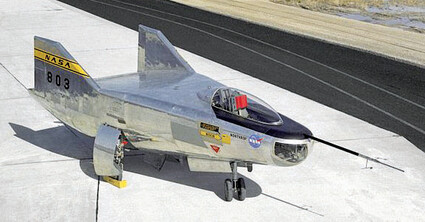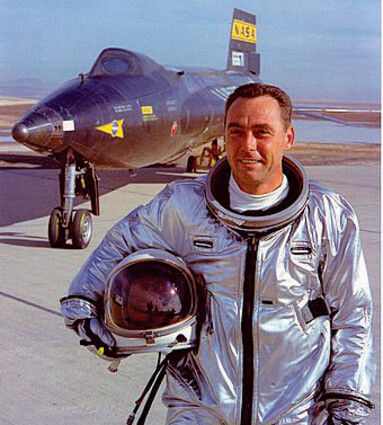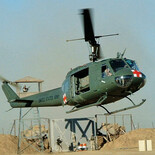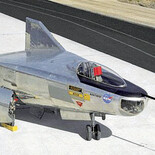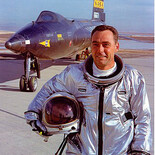Wonderful aerospace history in the skies over the Antelope Valley
Short Flights
May 13, 2023
Let me take you back a few decades. Do you remember where you were and what you were doing in 1965 through 1968?
In December 1965, Boeing and Pan Am agreed to build a jumbo-sized airliner – the model 747. It would dwarf every airliner in operation at that time and quickly became known as a "wide-body" because it would have an internal cabin width of about 20-feet, almost twice that of the Boeing 707. It could be configured to carry 490 passengers!
On April 13, 1966, Boeing announced an order worth $525 million from Pan Am for 25 Model 747 jumbo jets, (that's $21-million each!). On Sept. 1, 1966, BOAC placed an order for six 747s.
On Sept. 30, 1968, Boeing rolled out the first Model 747 from its specially built plant in Everett, Washington. Everyone was shocked at the size of the new airliner. It weighed 710,000 pounds, measured 231-feet in length, with a height of over 63-feet and a wingspan of 200-feet, longer than the Wright Brothers first flight!
A new feature in landing gears was developed to distribute the weight of the aircraft, so as not to put greater loads on existing runways and taxiways. The 18 wheels were only slightly larger then those on a 707. There were four sets of wheels with fourwheels each that were spaced in a way that their tracks didn't overlap and gave the aircraft the widest track of a commercial airliner at the time. The nose gear had a set of two wheels.
Today at Mojave Air & Space Port, Rutan Field, Stratolaunch was constructed using many parts from two 747-400s that were in storage in the boneyard, including the landing gears.
Many other aviation related events took place in our famous skies from 1966 to 1968. On Jan. 7, 1966, the USAF Strategic Air Command received its first Lockheed SR-71 aircraft at Beale AFB; North American's XB-70 Valkyrie maintained a speed of Mach 3 over a period of 32 minutes on May 19, 1966, the following month tragedy hit as an F-104 collided with the XB-70 resulting in the loss of the two aircraft and test pilots Joe Walker and Major Carl Cross.
The wingless and unpowered Northrop/NASA M2-F2 lifting body completed a successful flight test after it was released from the wing of a Boeing B-52 mother ship at Edwards AFB on July 12, 1966; the engine for the Concord was test flown on the RAF Vulcan bomber on Sept. 9, 1966; and Pete Knight piloted the North American X-15 to 4,250 mph (Mach 6.33) on Nov. 18, 1966 and then on Oct. 3, 1967 Knight flew the rocket powered X-15 to Mach 6.7 (4,520 mph). He also earned astronaut wings for another X-15 flight to 280,000 feet in altitude.
After 10 years of test flying at Edwards AFB, Knight went to Vietnam and flew 253 combat missions in the F-100D. Colonel Pete Knight joined the U.S. Air Force in 1951 and retired after 32 years of service in 1982
The Vietnam War was escalated in 1966 and the UH-1 Huey helicopter gunship and the AH-1 Huey Cobra played important roles flying into battle zones in Vietnam.
We had the opportunity to own UH-1H helicopters and used them in some TV series and motion pictures. They all had history of being flown in Vietnam. Such an honor to fly a machine that served our men and women in the military.
I have barely scratched the surface of the fantastic history of aviation in this area that we call home.
For the folks who love aviation and the history we have witnessed, we surely need to preserve these iconic flying machines for future generations.


